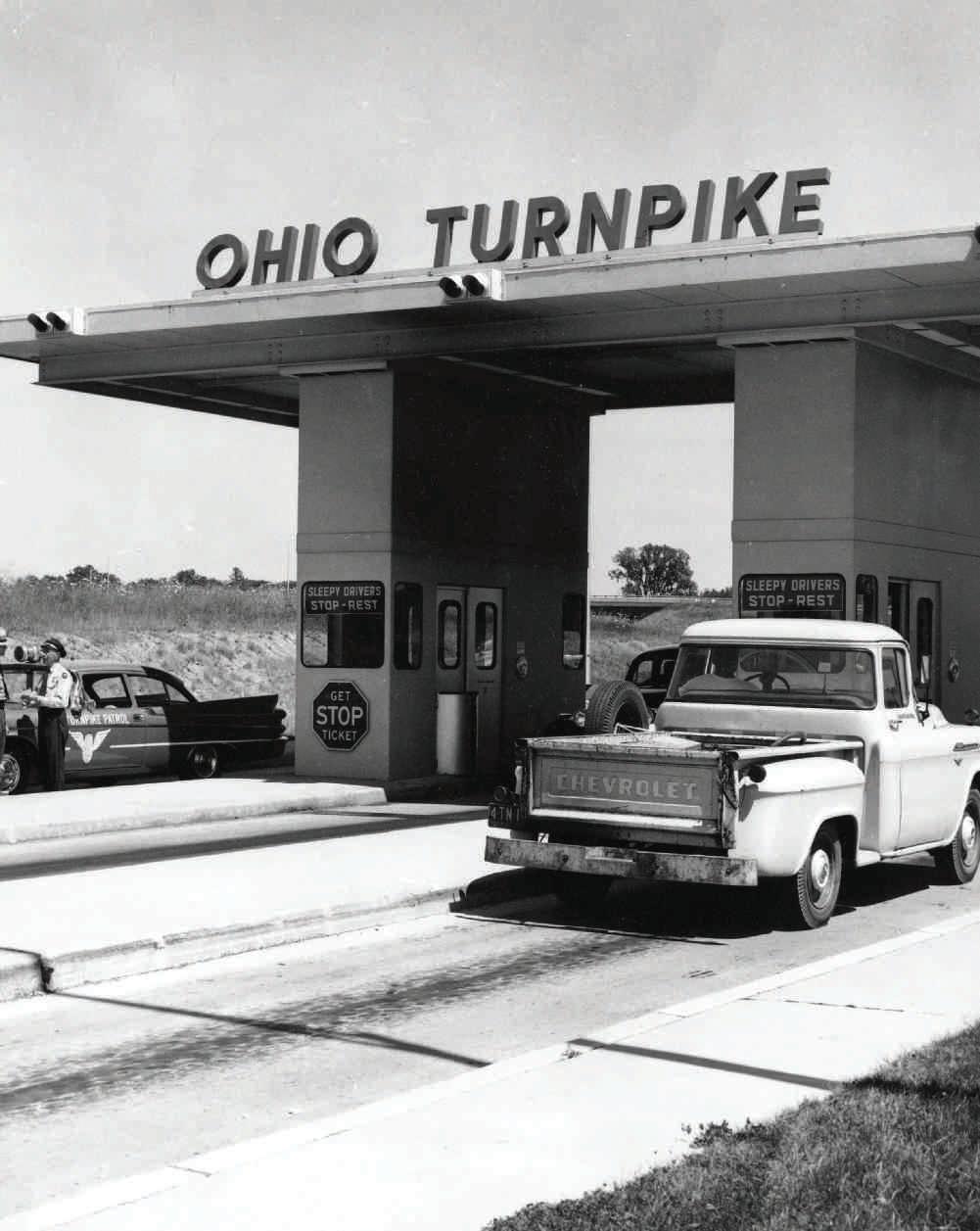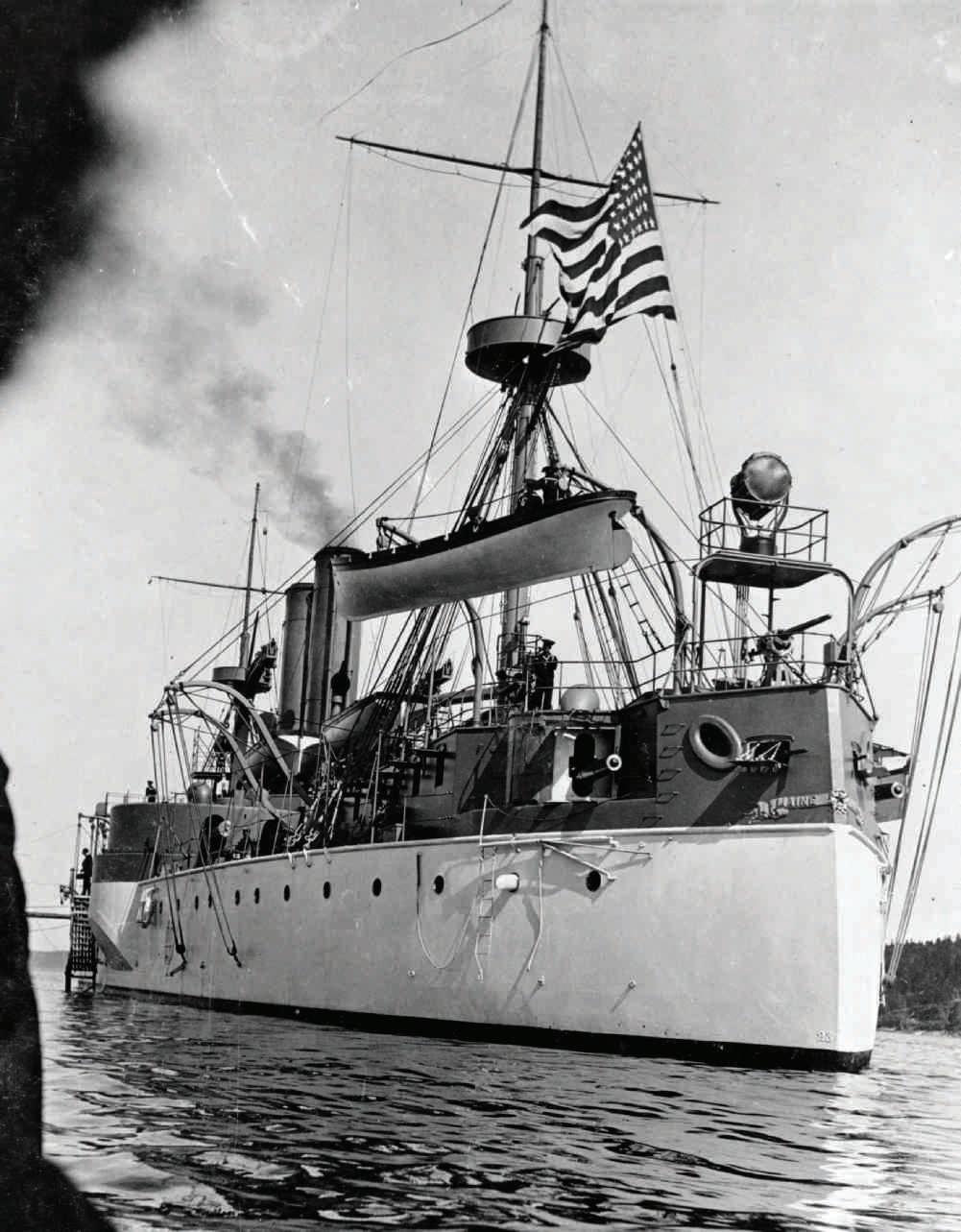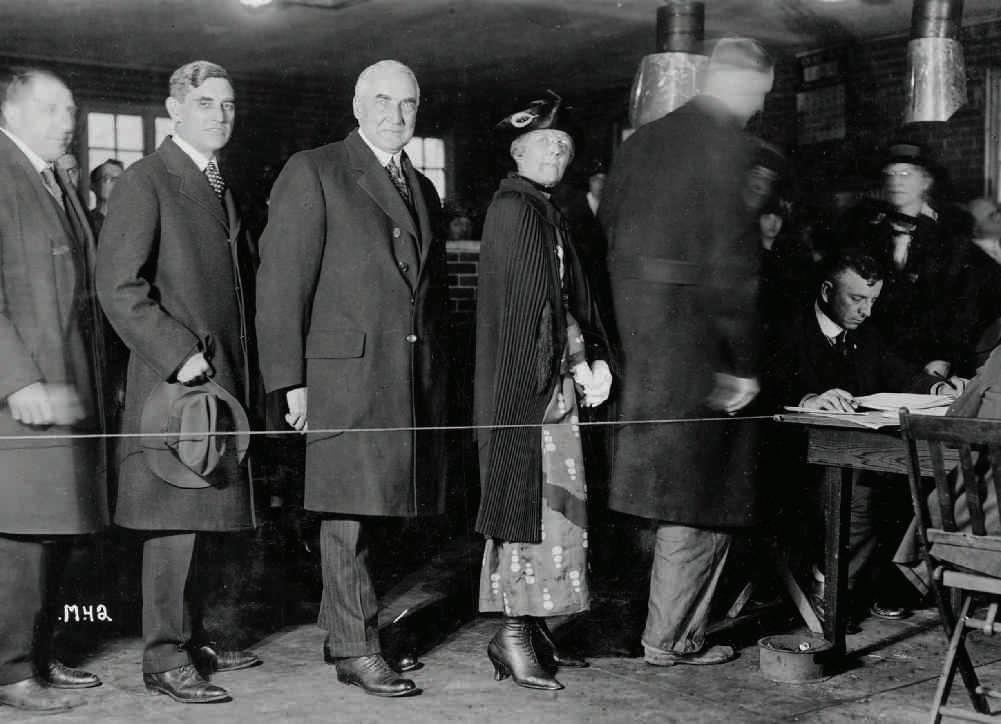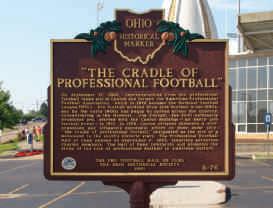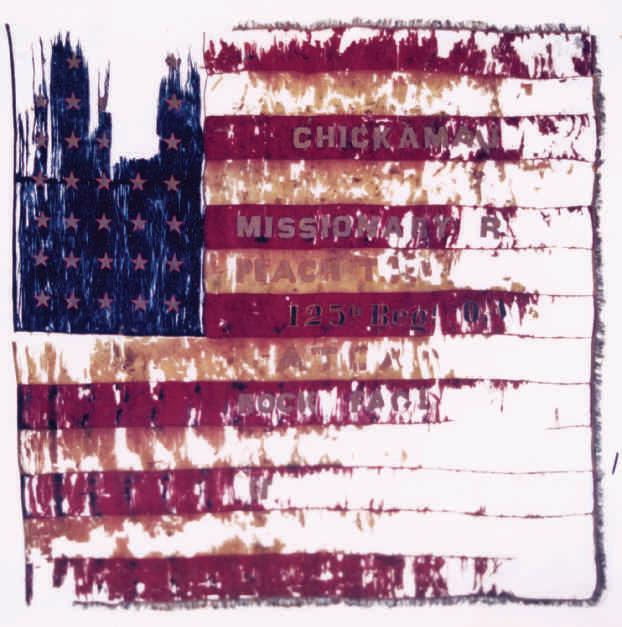
4 minute read
Reviews
Shop our Ohio History Store at ohiohistorystore.com for these titles and more.
BOOK
The Daughters of Erietown: A Novel by Connie Schultz
Drawing on her roots in northeast Ohio for her first novel, Pulitzer Prize-winning journalist and author Connie Schultz serves up a multi-generational saga of a working family set in fictional Erietown, Ohio. Looking through the windows of the McGinty family home, we witness a half century of social change in America. The interplay of gender, class and ethnicity is a fascinating constant in racially segregated Erietown. Set in the heyday of union strength, the novel depicts Brick McGinty’s union membership as central to family identity. Vivid period details anchor the McGintys firmly in their historical context: Ada’s quilting bee, the “Jack & Jesus” wall in the dining room of this Irish-American family, Ellie McGinty’s beehive hairdo, the softball league, the Women’s Guild, food, music, games and more. We see parents dictate their children’s choice of playmates in order to carry out feuds or signal status. Not until she goes off to college does daughter Sam meet people who don’t know anyone who fought in Vietnam. This hopeful story of family experience is peopled with interesting characters whose lives are rife with unresolved contradictions.
BOOK
It’s interesting how littleknown Ohioan Louis Bromfield is today. A Pulitzer Prize-winning best-selling novelist courted by Hollywood, a celebrated expatriate member of the Lost Generation, an agricultural pioneer with an outspoken passion for the land, a conservationist with the fervor of an evangelical, Bromfield is a true American character, one long overdue for rediscovery. Simply put, Bromfield’s life is a biographer’s dream. And Stephen Heyman’s excellent new The Planter of Modern Life is just the expansive and deeply researched biography that such a life demands. Opening with Bromfield arriving as an Brick both requires and resents wife Ellie’s financial dependence, while Ellie learns that her compliance has not safeguarded her marriage. Sam is conflicted about her professional success and the very real prospect of upward mobility. Misunderstanding and secrets can survive within a relationship for decades. Love is often imperfect, may fail us many times, yet it endures, and is in the end still what matters most. Schultz is unsparing about the impact of early choices. Brittle in his 20s with his sense of the road not taken, Brick is hungry for adulation and attention, which bodes trouble ahead. He becomes an authoritarian husband and father, but keenly aware that his sphere of influence is limited to home and union. While Brick’s actions drive the plot, the book’s rewarding core is the warm relationships among the women of Erietown throughout their hardworking lives: Ellie, her grandmother Ada, her aunt Nessa, daughter Sam, best friend Mardee and others. Communication and emotional support bolster resilience, aid understanding and
may even provide a route to peace of mind ambulance driver in WWI France, Heyman establishes early that Bromfield was cut from classic Lost Generation cloth. Driven by restlessness, filled with unbounded energy, Bromfield wrote his first novel in 1924 and the next year found him in Paris, at the center of the expatriate movement. But as his literary successes piled up, Bromfield sensed that his true calling might not lie with a pen, but with a plow. “I have half a suspicion that I shall end up a horticulturist rather than a novelist” he wrote to a friend. In 1930, his family moved to the village of Senlis, where, fascinated by the “French way” of planting, he created a lush and bountiful garden that became the center of the social world of the expats. The Senlis garden was the genesis of an agrarian vision that Bromfield would bring
and acceptance of change. Perhaps the most complex and satisfying arc, both humorous and touching, is between Ellie and Sam. Ellie worries that the child Sam’s obvious leadership ability is unfeminine, chiding her gently “you don’t always have to be in charge.” Much later, we enjoy watching Ellie devour early feminist works such as Marilyn French’s The Women’s Room, courtesy of Sam. Brick and Ellie make many mistakes but manage to raise children with the confidence to forge their own paths; Sam and Reilly grow up without the violence and abandonment their parents suffered as children. Brick cannot pass on his prejudices. Sam has black friends, and Reilly’s lunch pail is for him just a container, not the symbol of defeat it is for his father. Most gratifyingly, while we see two generations abandon their dreams, we know that the last will —Katie Swett, Ohio History Connection
The Planter of Modern Life: Louis Bromfield and the Seeds of a Food Revolution by Stephen Heyman
continue pursuing theirs. to Malabar, the farm he established in his native Richland County in 1939. Malabar is the heart of the Bromfield story, and fittingly, half of The Planter is dedicated to it. The reader will be struck by how Bromfield was reshaped by Malabar into a true man of the soil: he remade himself as an impassioned, often angry advocate of ecology and conservation. According to Heyman, Bromfield made “his greatest impact not on the page but in the soil.” Perhaps his legacy, then, is not in the literary works that once brought him fame and fortune, but with the causes that he put his name to, causes that live on in the environmental and organic food movements that followed.
Born in Morgan County in southeast Ohio, renowned artist and illustrator Howard Chandler Christy (1872–1952) created this poster used in Warren G. Harding’s 1920 presidential campaign. See Ohio Wins No Matter What—The 1920 Campaign for the Presidency, page 22.

